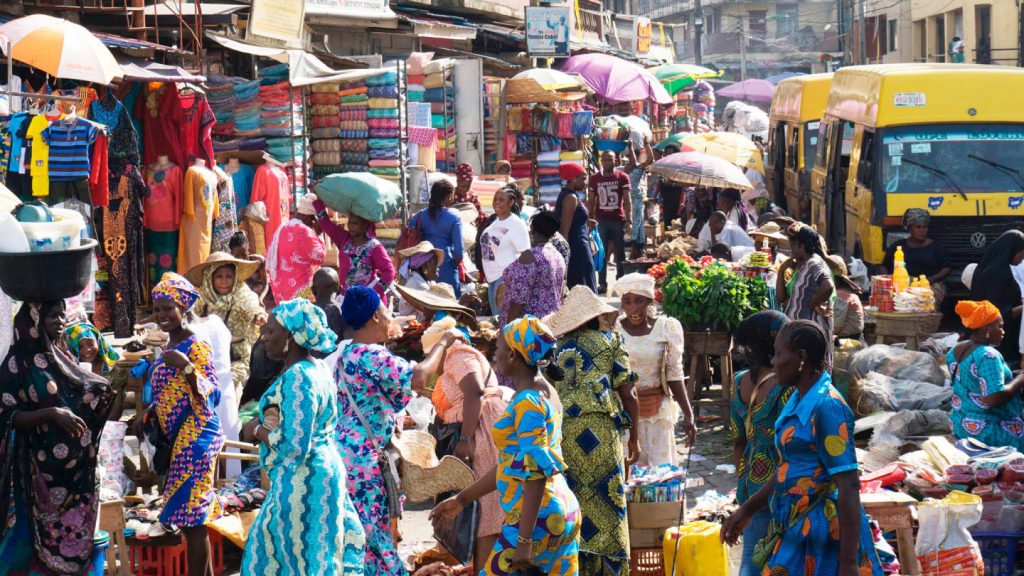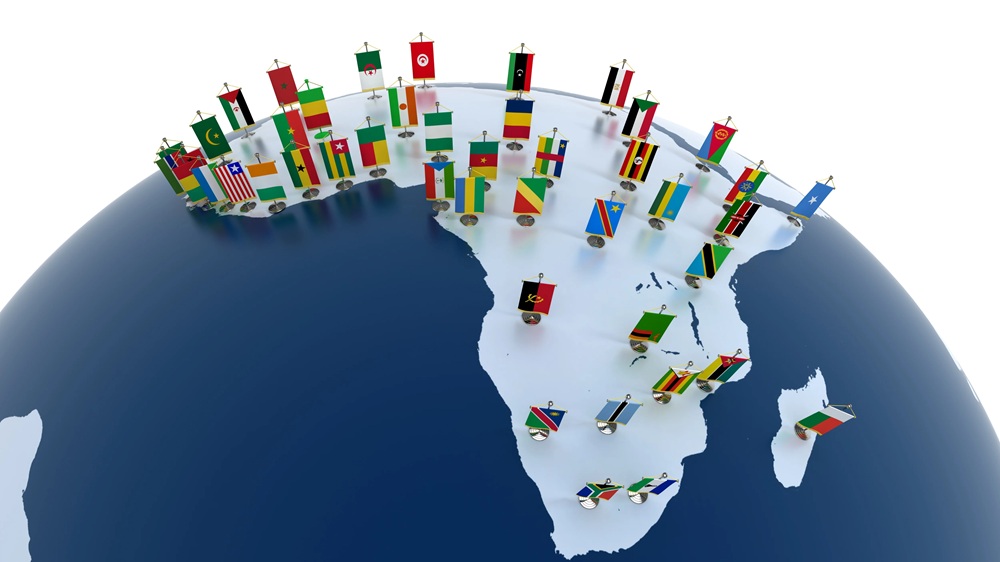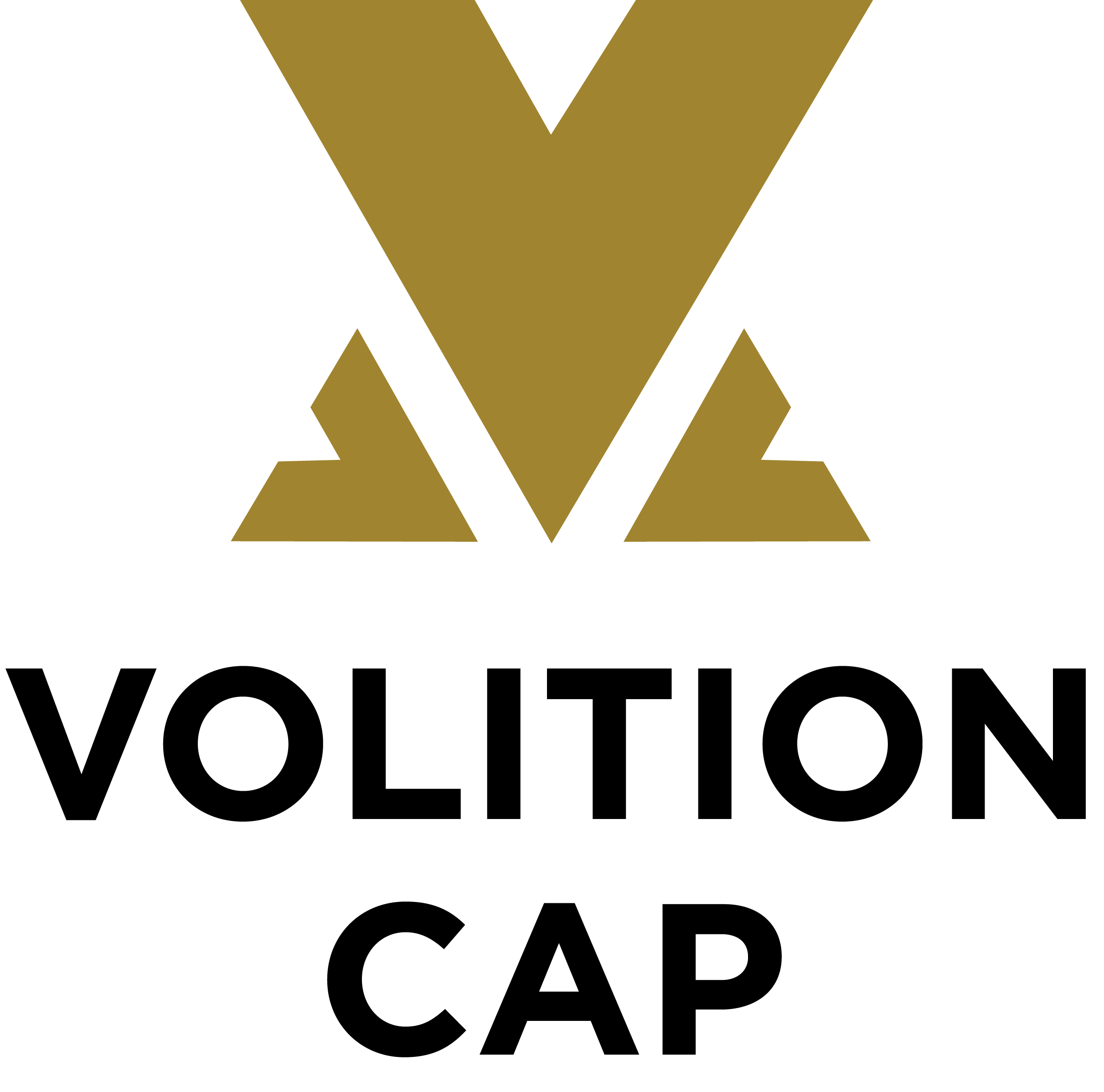Welcome to the April edition of Volition Cap’s Market Intelligence Report. This issue covers key economic shifts, investment signals, and regional developments shaping the markets. Our focus remains on delivering clear, data-backed insights to help investors make informed decisions in today’s changing environment.
Global Economic Overview
The global economy is showing cautious momentum. Consumer demand is steady, and financial conditions have improved. The IMF now projects global growth at 2.7% for 2025, while easing inflation gives central banks more room to hold off on further tightening.
United States
The U.S. economy showed signs of softening in March. While inflation eased to 3.4%, recent data points to slowing consumer spending and rising credit stress. The Federal Reserve held rates steady but struck a more cautious tone, with markets now expecting potential cuts later in the year. U.S. equity markets, especially in the tech sector, experienced pullbacks following earlier rallies, as investors reassessed earnings outlooks and macro risks.

Eurozone
The Eurozone is seeing signs of a slow rebound. March’s manufacturing PMI hit 47.8, its highest in nearly a year. But inflation, at 2.6%, is still sticky—keeping the ECB cautious about easing. Consumption remains subdued amid elevated borrowing costs.
Commodities
- Brent crude averaged $85/barrel, up on OPEC+ cuts and renewed geopolitical risk.
- Gold crossed $2,200/oz, as investors moved into safe-haven assets amid global uncertainty and continued central bank buying.
Noteworthy Global Developments – March 2025
- Geopolitical Risks: Tensions in Eastern Europe and shipping disruptions in the Red Sea have pushed up risk premiums, especially in energy and transport-linked assets.
- Tech Sector Pullback: After a strong run earlier in the year, global tech stocks saw a correction in March. Concerns over valuation, regulatory scrutiny, and slowing growth triggered profit-taking.
- Currency Volatility in Emerging Markets: Stronger dollar demand and shifting capital flows have put pressure on several EM currencies, leading to portfolio outflows and tighter funding conditions.

Local Economic Insights
Nigeria is still facing pressure from inflation, currency volatility, and FX reserve depletion—but some sectors are holding steady.
Monetary Policy
The CBN hiked its MPR to 24.75%, the highest in decades. Inflation hit 32.5% in March, mainly driven by food and fuel costs. The aggressive stance signals a shift to restore confidence in the naira.
Foreign Exchange & Reserves
- Official rate hovered around ₦1,350/$, while the parallel market hit ₦1,500/$.
- FX reserves dipped slightly to $32.1 billion, raising concern about Nigeria’s ability to meet short-term obligations.
Capital Markets
- NGX All-Share Index fell 0.3% month-on-month.
- Banks and industrials saw mild profit-taking, while retail activity cooled due to broader macro risks.
Private Sector Outlook
- PMI rose to 51.6, suggesting modest expansion.
- Business confidence remains fragile, but improved logistics and supplier performance helped keep activity above water.

Investment Opportunities in African Markets
USD-Denominated Instruments
Although U.S. markets have seen recent pullbacks, particularly in tech stocks, USD-denominated investments still serve a vital role for African investors facing ongoing currency risk. With local currencies like the naira remaining volatile, assets such as Eurobonds, offshore fixed deposits, and USD money market funds help preserve capital and reduce FX exposure. That said, investors should be selective, given short-term weakness in the U.S. economy and uncertain timing of Federal Reserve rate cuts.
Fixed-Income Securities
Yields on Nigerian Treasury Bills, FGN bonds, and top-tier commercial paper remain attractive, especially for investors seeking liquidity and high short-term returns. Elevated interest rates offer a cushion against inflation, although real returns remain narrow for ultra-conservative assets. For institutions or funds with local obligations, these instruments remain core holdings.
Alternative Investments
Interest in digital assets continues, with institutional demand for Bitcoin ETFs growing despite recent price corrections and regulatory scrutiny. These instruments offer portfolio diversification but come with volatility. Investors should size exposure based on risk tolerance and long-term view.
Infrastructure Funds
Pan-African infrastructure vehicles remain compelling for long-term capital. Sectors like energy, transport, and digital infrastructure are seeing continued deal flow, often backed by multilateral finance and PPPs. While funding costs are higher, the structural growth story remains intact.
Closing Thoughts
March reinforced one thing: stay flexible. The global backdrop is improving, but risks remain, especially for frontier markets. Smart positioning, asset diversification, and risk management are key.
At Volition Cap, we focus on identifying stable returns across Africa and beyond—from income-generating bonds to high-conviction alternatives and infrastructure projects.
Want to review your 2025 strategy? Talk to us about reshaping your portfolio for more resilient outcomes.

Stay informed, intentional and invested.
Sources: Forbes, S&P Global, AFX Live, The Whistler, Nairametrics





